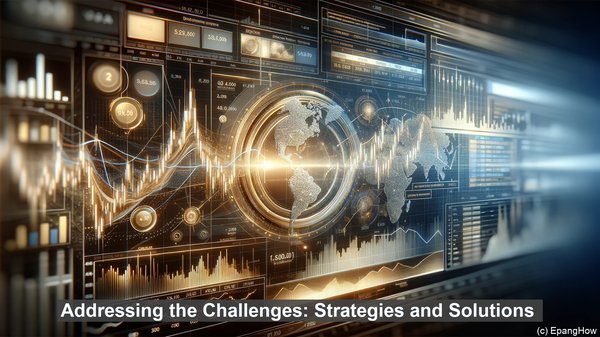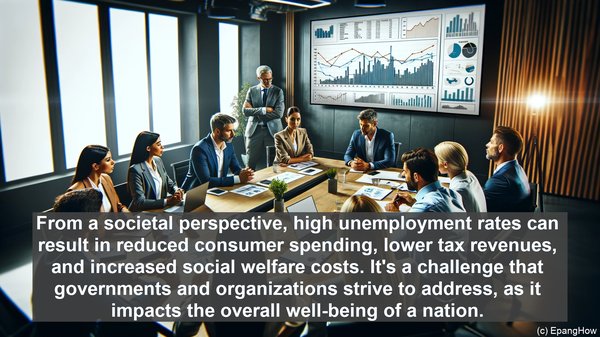Introduction: The Complexities of Employment
Hello everyone! The world of employment is a multifaceted one, with various terminologies that often overlap or are misunderstood. Today, we’ll be focusing on two such terms: underemployment and unemployment. While they may sound similar, they have distinct meanings and implications. So, let’s dive in!
Defining Unemployment: The Absence of Work
Unemployment refers to a situation where individuals who are actively seeking work are unable to find employment. It signifies a lack of job opportunities in the market. The unemployment rate, a key economic indicator, is the percentage of the labor force that is jobless and actively looking for employment. Governments and policymakers closely monitor this rate, as it reflects the overall health of the job market.

Exploring Underemployment: The Mismatch of Skills and Hours
Underemployment, on the other hand, is a scenario where individuals have jobs, but they are not utilizing their skills, education, or experience to their full potential. It often involves working in positions that require lower qualifications or fewer hours than desired. For instance, a highly skilled professional working part-time in a job that doesn’t fully utilize their expertise would be considered underemployed. This situation can be frustrating for individuals, as they may feel their talents are being underutilized.

Factors Contributing to Underemployment
Several factors can lead to underemployment. One common factor is a skills mismatch. As industries evolve and job requirements change, individuals may find themselves in roles that don’t align with their skill sets. Technological advancements and automation can also impact underemployment, as certain jobs become redundant or require fewer workers. Additionally, economic downturns can force individuals to accept jobs below their qualifications, simply to have some income.
Implications of Unemployment: Beyond Financial Strain
Unemployment has far-reaching consequences, extending beyond the financial strain of not having a job. It can lead to a loss of self-esteem, mental health issues, and strained relationships. From a societal perspective, high unemployment rates can result in reduced consumer spending, lower tax revenues, and increased social welfare costs. It’s a challenge that governments and organizations strive to address, as it impacts the overall well-being of a nation.
The Ripple Effects of Underemployment
While underemployment may not be as immediately visible as unemployment, it too has its repercussions. From an individual’s standpoint, being underemployed can hinder career growth and development. It may also lead to financial instability, as individuals may not earn enough to meet their needs. On a larger scale, underemployment can result in a waste of human capital, as individuals are not fully utilizing their skills and potential. This can have long-term implications for a country’s productivity and competitiveness.
Addressing the Challenges: Strategies and Solutions
Tackling underemployment and unemployment requires a multi-faceted approach. From an educational standpoint, ensuring that individuals are equipped with the right skills and knowledge for the evolving job market is crucial. Additionally, fostering an environment that encourages entrepreneurship and innovation can create new job opportunities. Government initiatives, such as job training programs and incentives for businesses to hire, can also play a significant role. Collaboration between various stakeholders, including policymakers, businesses, and educational institutions, is key to addressing these challenges effectively.
